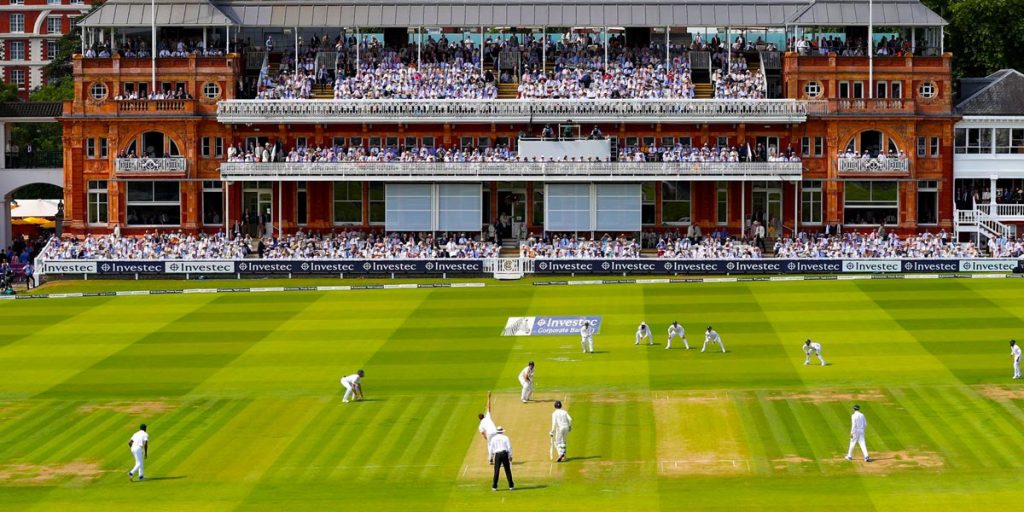Lord’s Cricket Ground, often simply referred to as Lord’s, is more than just a venue; it’s a revered institution, the cradle of cricketing heritage, and a symbol of the sport’s evolution. Nestled in the heart of St. John’s Wood, London, this iconic ground has witnessed countless historic moments, yet the story of its ownership is as layered and fascinating as the matches it hosts.
The narrative begins with Thomas Lord, a professional cricketer and entrepreneur, who laid the foundation for what would become the most famous cricket ground in the world. In 1787, Lord established the first ground in what is now Dorset Square, leasing the land from the Portman Estate. However, due to the expansion of the Regent’s Canal, Lord moved the turf twice. The current site, where Lord’s has stood since 1814, was the third relocation.
Thomas Lord himself was not just the founder but also the first owner. His tenure was marked by the establishment of the Marylebone Cricket Club (MCC), which was formed at Lord’s in 1787. Following Lord’s death in 1832, the ground changed hands several times within his family before the MCC took over in 1866, effectively becoming the custodians of the ground. This transition was pivotal, as the MCC, under its ownership, would transform Lord’s into the epicenter of cricket governance, culture, and history.
The MCC’s ownership has been characterized by significant developments and modernization efforts. The ground saw the construction of the iconic pavilion in 1889-1890, designed by architect Thomas Verity, which remains a symbol of the club. The 20th century brought further expansions and improvements, including the Warner Stand and the Grand Stand, reflecting the MCC’s commitment to enhancing the spectator experience.
However, the MCC’s role as the sole owner faced its biggest challenge in the late 20th and early 21st centuries with increased commercialization and professionalism in cricket. The financial demands of maintaining and developing Lord’s led to a strategic shift. In 1998, the MCC formed a subsidiary company, Lord’s Cricket Ground Limited (LCGL), to manage the commercial aspects of the ground, including corporate hospitality, conferences, and events. This move was a response to the changing landscape of sports management and financing, ensuring that Lord’s could continue to evolve without compromising its historical integrity.
The ownership structure now involves a complex interplay of tradition and modernity. The MCC retains overall ownership and control, with members exerting significant influence over the ground’s operations and policies. Meanwhile, LCGL handles the day-to-day management and commercial activities, generating revenue that supports the maintenance and development of the ground, as well as cricketing initiatives globally.
Today, Lord’s Cricket Ground stands as a monument not just to the game but to the enduring legacy of those who have owned and managed it. From Thomas Lord’s vision to the MCC’s stewardship, the ground has always been more than a cricket venue—it’s a custodian of the sport’s past and a bridge to its future.
The story of Lord’s ownership is a rich tapestry of history, cricketing governance, and the evolving relationship between sport and society. As cricket continues to grow, Lord’s remains not just a ground but a testament to the enduring spirit of the game, carefully nurtured by its successive owners and stewards.

